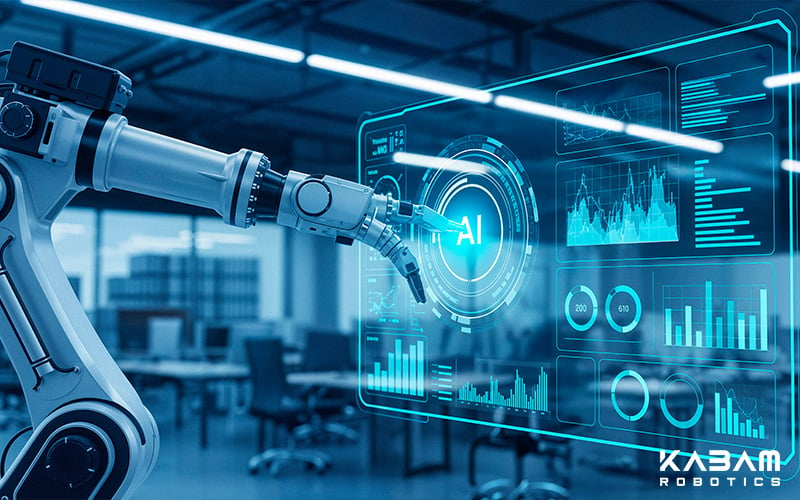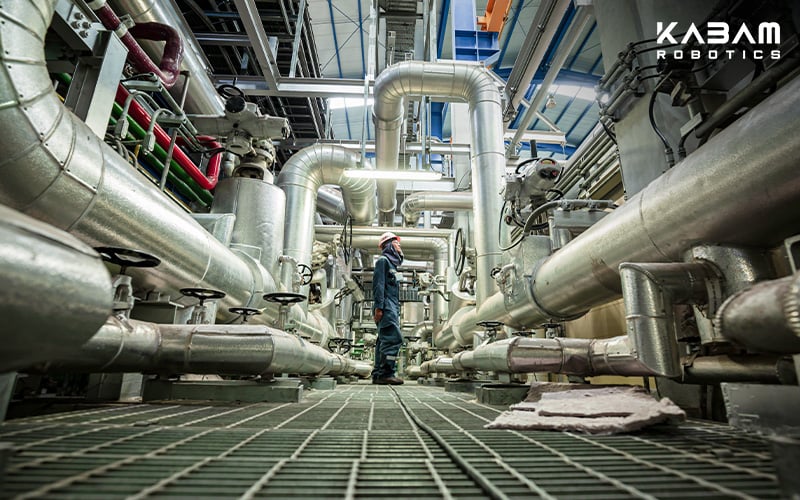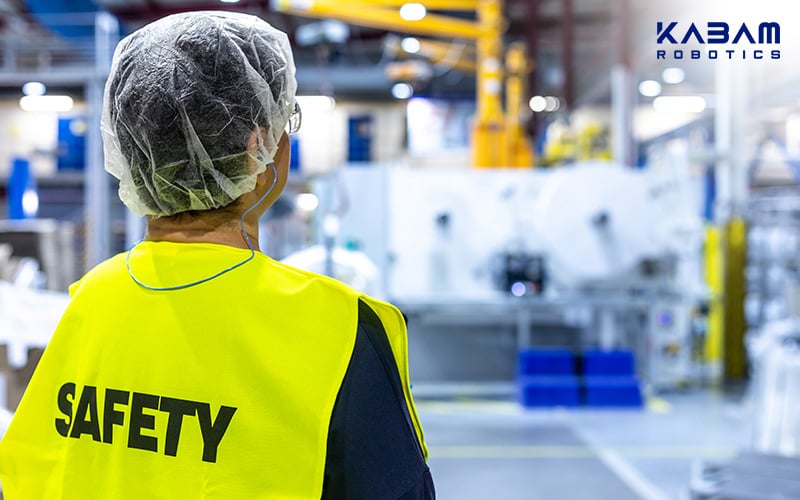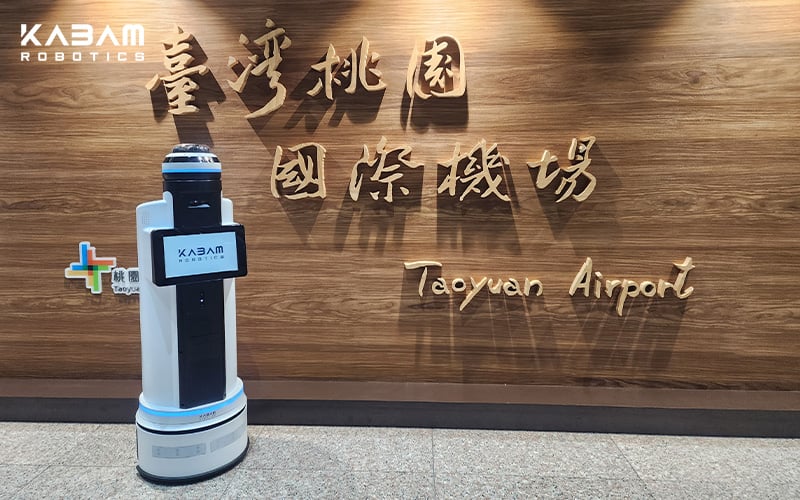
As robotics technology advances, capabilities like robot autonomous navigation are becoming more refined, improving the way machines move, analyze, and adapt without human intervention. From security patrols to warehouse automation, numerous industries stand to benefit from this capability, which greatly enhances efficiency, precision, and safety. With the integration of cutting-edge sensors and AI-driven robotic decision-making, autonomous robots can traverse complex environments, avoid obstacles, and respond intelligently to changing conditions.
This article explores how this feature works, the technologies driving it, and its impact on various industries, particularly in Singapore.
Defining Autonomous Navigation

Robot autonomous navigation refers to a robot’s ability to move through an environment without direct human control. By utilizing autonomous navigation technology, robots process sensor data, interpret surroundings, and adjust their movements accordingly. This capability allows them to navigate indoor and outdoor spaces safely while optimizing their routes for efficiency.
The core components of this capability include:
- Sensors — Devices like LiDAR, cameras, ultrasonic sensors, and infrared detectors collect data about the robot’s surroundings.
- AI and Machine Learning — Algorithms help robots recognize objects, predict movement patterns, and make navigation decisions.
- Path Planning & Obstacle Avoidance — Robots use mapping technology to determine the best route while dynamically adjusting to new obstacles.
Key Technologies Driving Navigation

Source: Nvidia
Several advanced technologies are critical in empowering robots to navigate autonomously with precision and reliability.
1. LiDAR and GPS Navigation
- LiDAR (Light Detection and Ranging) enables robots to create highly accurate 3D maps of their environment, allowing them to detect and avoid obstacles effectively.
- GPS navigation assists robots in outdoor settings by providing real-time location data for seamless movement and coordination.
2. Simultaneous Localization and Mapping (SLAM)
- SLAM technology helps robots build maps of unfamiliar environments while tracking their own position, allowing them to navigate efficiently in dynamic spaces like malls or warehouses.
3. Edge AI Processing
- Emerging autonomous navigation technology incorporates edge AI, enabling robots to process data on-site instead of relying solely on cloud computing. This reduces latency and improves real-time decision-making.
Enhancing Decision-Making for Smarter Robotics
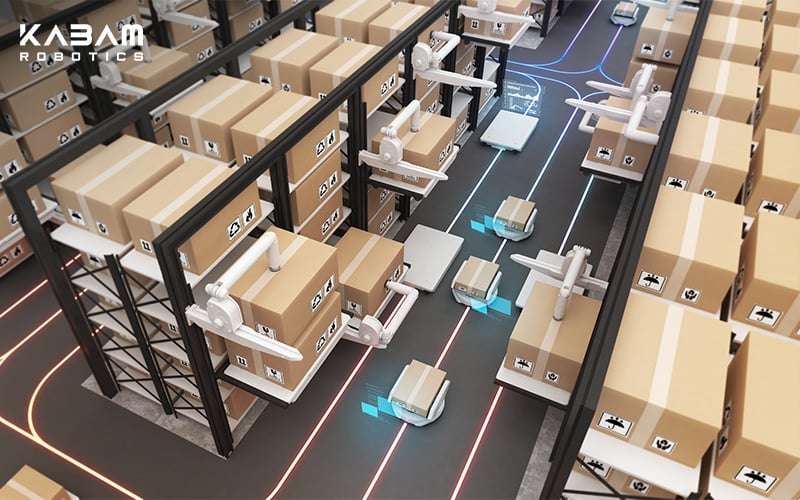
One of the key advantages of robot autonomous navigation is its ability to enhance robotic decision-making. Autonomous robots process vast amounts of environmental data to:
-
Identify threats and hazards
Security robots can detect suspicious activities or unauthorized access in real-time.
-
Clearing routes
Autonomous security robots help ensure that emergency routes are unobstructed by loitering vehicles and obstacles. When this happens, the relevant personnel will be notified to clear the way.
-
Improve operational safety
Autonomous navigation minimizes human errors, reducing workplace accidents and enhancing efficiency.
By leveraging these capabilities, autonomous technology can support robotic applications in industries to optimize productivity whilst reducing reliance on manual oversight.
Applications Across Industries
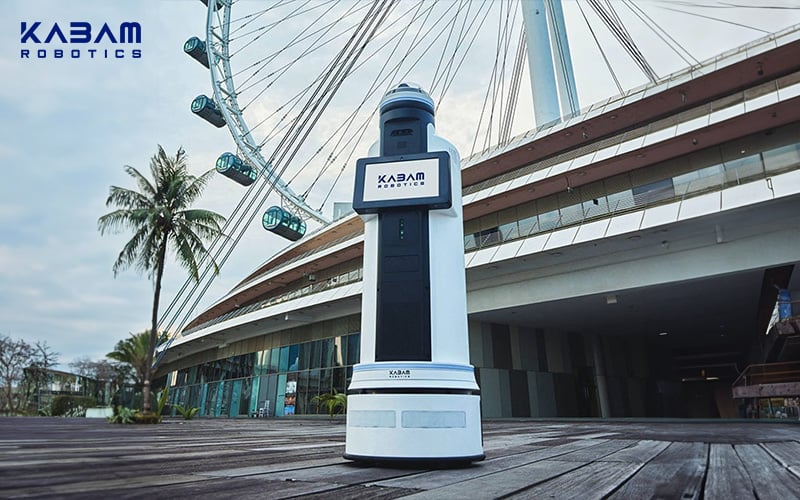
The benefits of robot autonomous navigation extend across multiple sectors, improving operations and security in critical environments.
1. Robotics in Security
Robotics in security can benefit greatly from autonomous navigation technology. In order to seamlessly patrol commercial buildings, malls, and industrial sites in Singapore, these robots:
- Use LiDAR and GPS navigation to move through large premises without human guidance whilst also avoiding human staff and obstacles in real-time.
- Detect and report anomalies, such as unauthorized access or unattended objects.
- Seamlessly communicate and exchange data with other security systems, command centres, and personnel using IoT.
2. Warehouse and Logistics Automation
In fulfillment centers and warehouses, autonomous robots improve efficiency by:
- Transporting goods along optimized routes.
- Avoiding human workers and obstacles in real-time.
- Reducing operational costs through streamlined logistics.
3. Healthcare and Hospitality Robotics
In hospitals and hotels, service robots rely on autonomous navigation to:
- Deliver medication and supplies to different departments.
- Assist guests with contactless food and package deliveries.
- Improve cleanliness and hygiene with autonomous sanitization procedures.
Future Trends in Autonomous Navigation
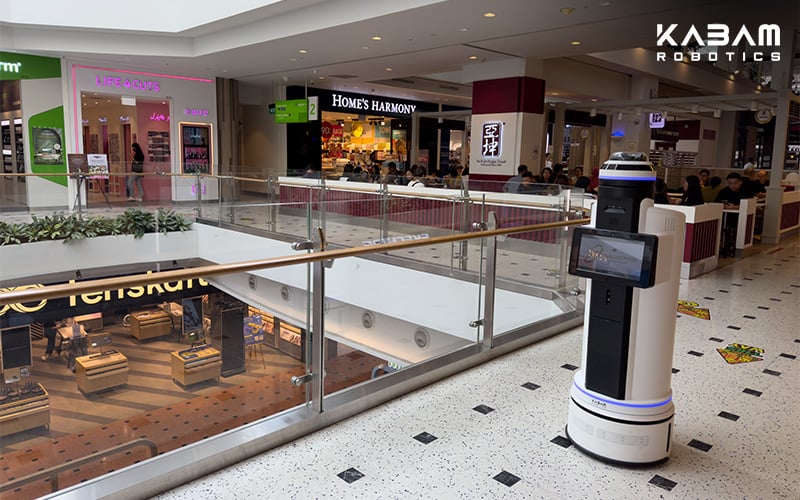
The future of autonomous navigation in robotics will continue to evolve, namely with:
- Advanced AI Integration — More sophisticated AI models will enable robots to make faster, more intelligent navigation decisions.
- Smart City Applications — Robots with autonomous navigation enhance Singapore’s urban infrastructure by monitoring traffic flow, detecting congestion, and assisting in public transport security. They provide real-time data to optimise transportation systems and improve commuters’ safety.
As a leading robotics company in Singapore, KABAM Robotics is committed to developing state-of-the-art autonomous robots for security, logistics, and service applications. Our robots are equipped with advanced robot autonomous navigation capabilities, ensuring seamless operation in dynamic environments.
With a strong focus on AI-driven robotic applications in industries, we provide innovative solutions tailored to Singapore’s unique business needs. Our security robots, for instance, are designed to patrol facilities efficiently, reducing the need for manual supervision.
By adopting KABAM Robotics’ solutions, businesses can benefit from increased automation, reduced operational costs, and enhanced safety.
For more information on our services, please contact us today.

